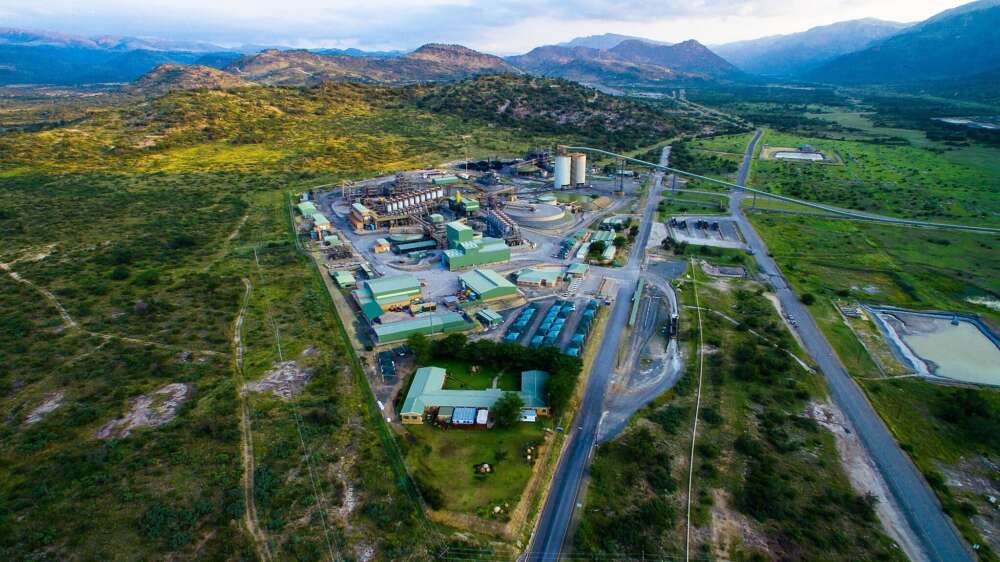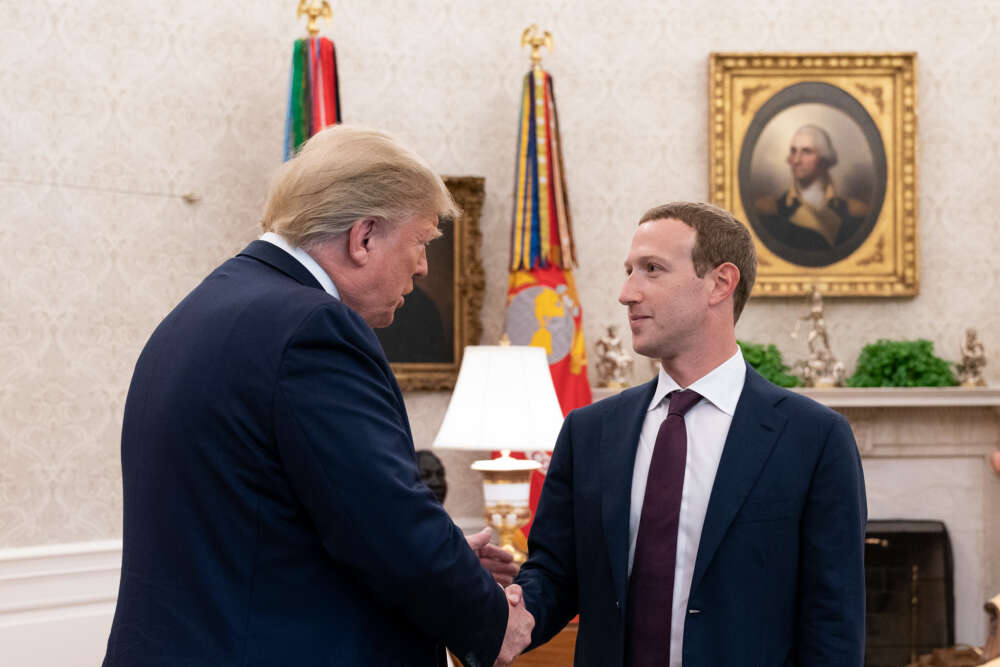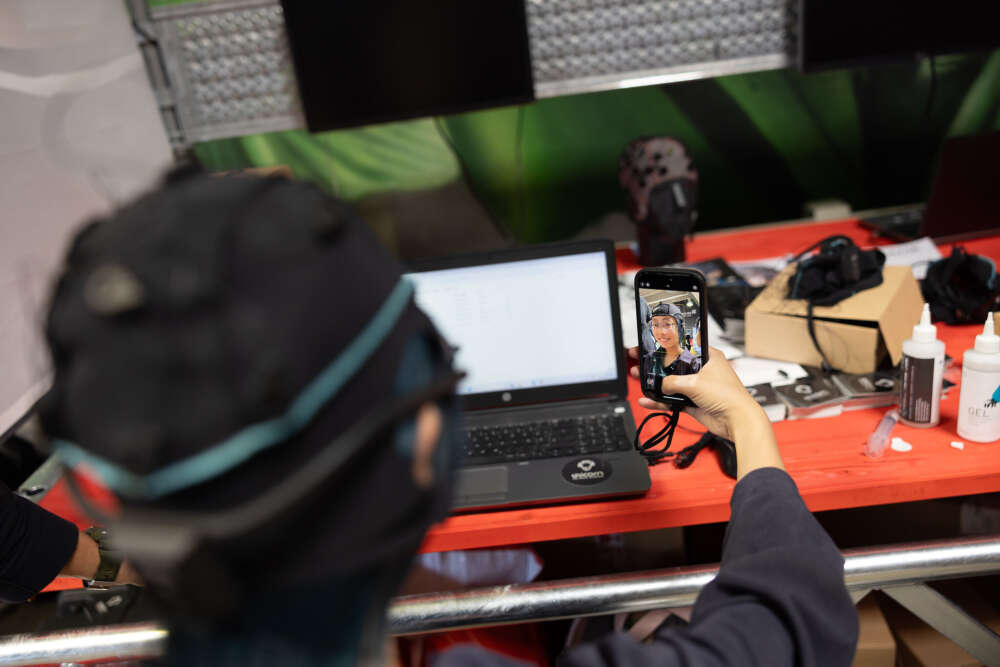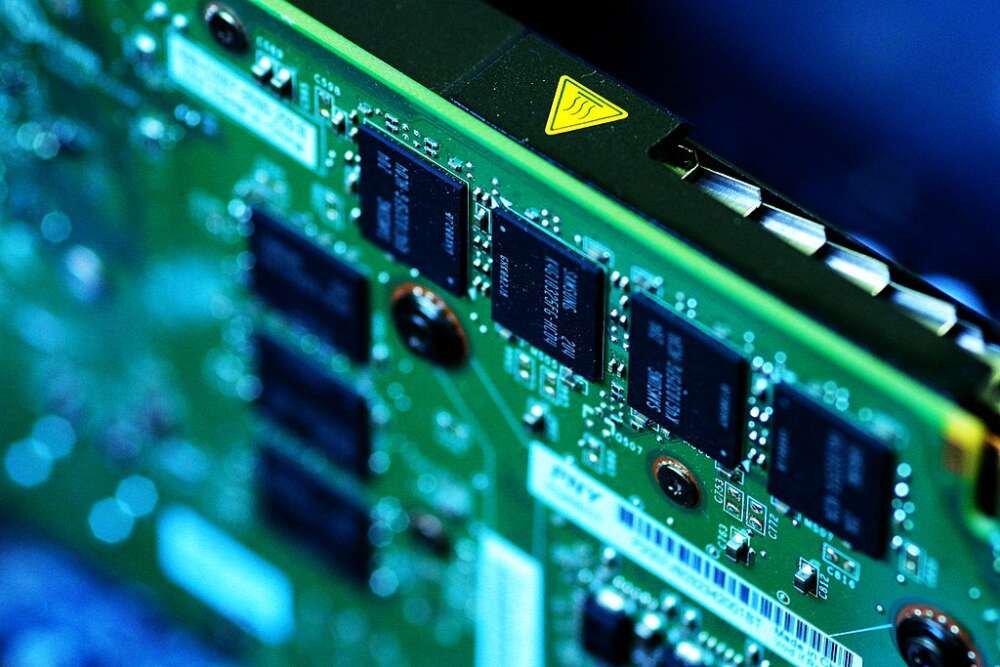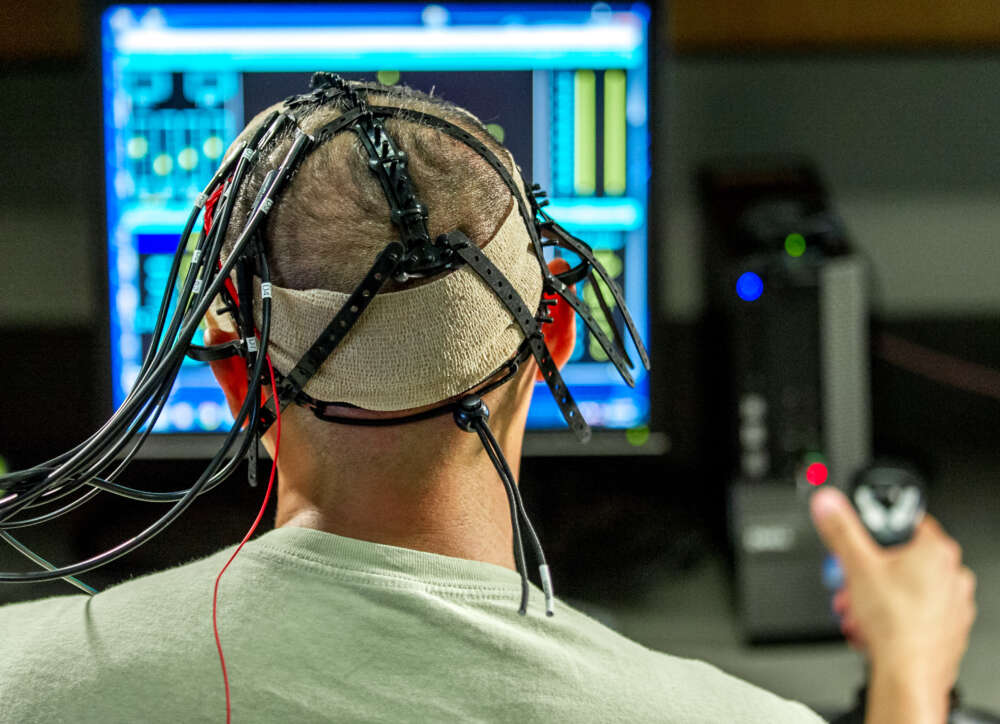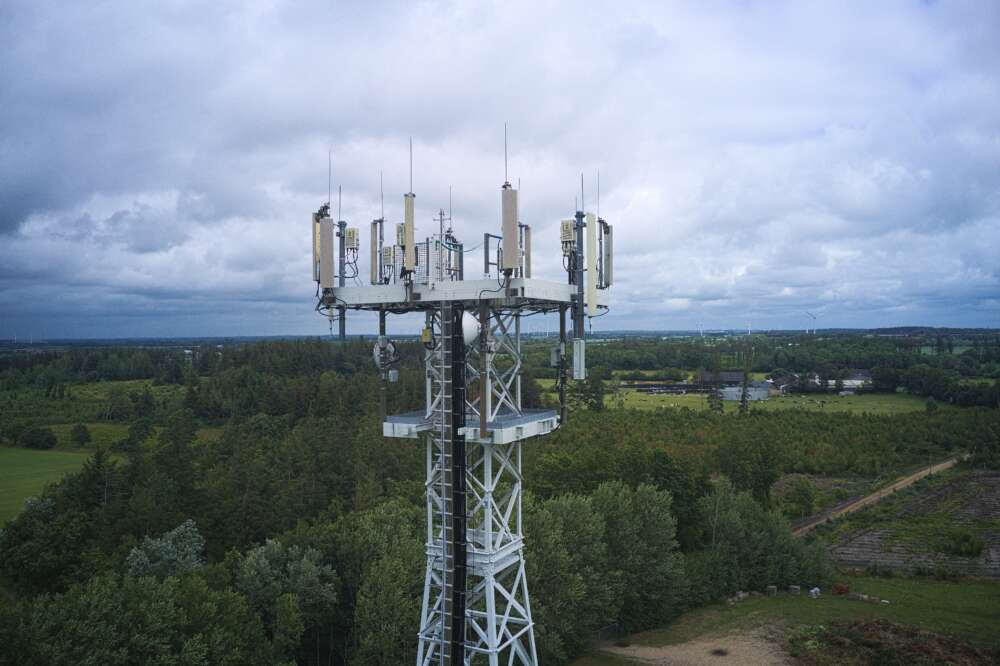Facial Recognition Technology: What Are We Looking At?

Surveillance cameras are everywhere. Children in school, customers in shops, and pedestrians on the street are increasingly under more – and more advanced – surveillance. Today, law enforcement agencies and government entities in the United States make use of facial recognition technology on a routine basis. Private vendors also deploy such systems for commercial use. And demand is ever-increasing in both the commercial and the security sphere: the facial recognition technology market is predicted to be worth $2.67 billion in 2022. But the pervasiveness of these technologies raises many privacy and ethical concerns. Experts and civil liberty advocates criticize the use of facial recognition technologies on citizens and consumers, citing concerns about accuracy, accountability, and the potential for racially disparate impacts of its use.
In this discussion, Transatlantic Digital Debates Fellows Isabelle Buscke and Clare Garvie delve into the use of facial recognition technology in law enforcement and commercial spaces. They discuss the interplay between private security and consumer-facing companies such as Amazon, and the place of citizens in this landscape of surveillance. Their discussion is part of the wider dialogue of the Transatlantic Digital Debates 2018, a fellowship program organized by GPPi and New America. The program engages 18 young professionals from the public sector, civil society, business, and academia on key challenges at the intersection of technology and policy.
Listen to the podcast on Soundcloud.
